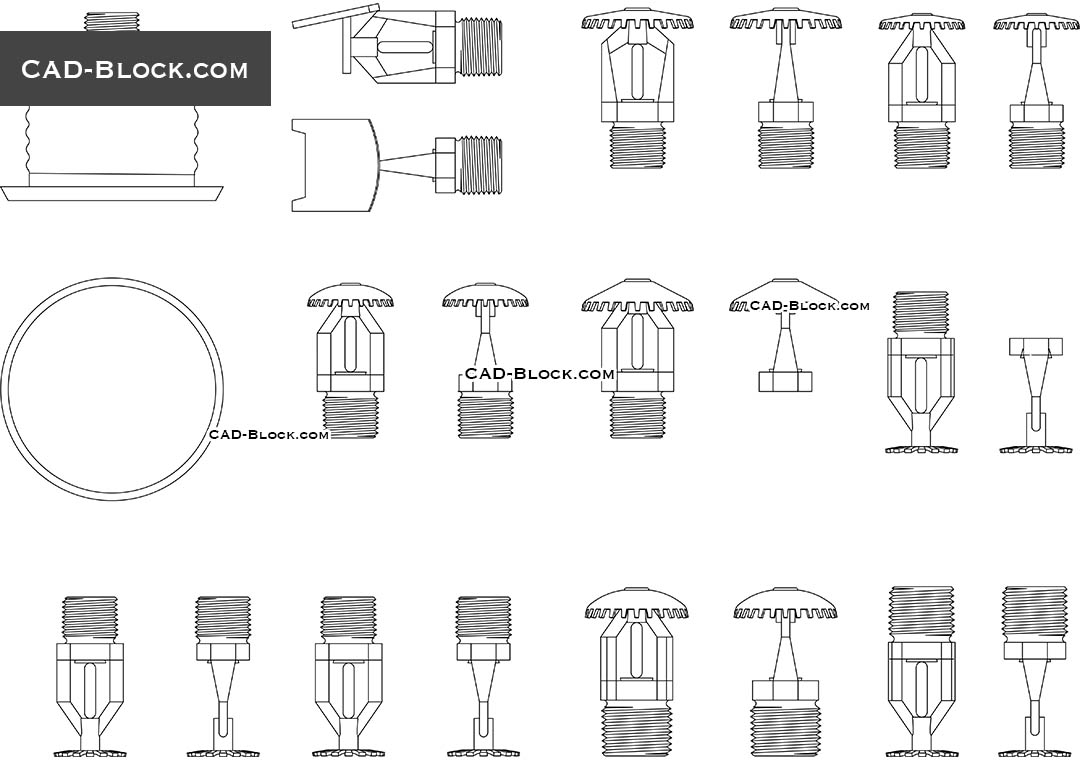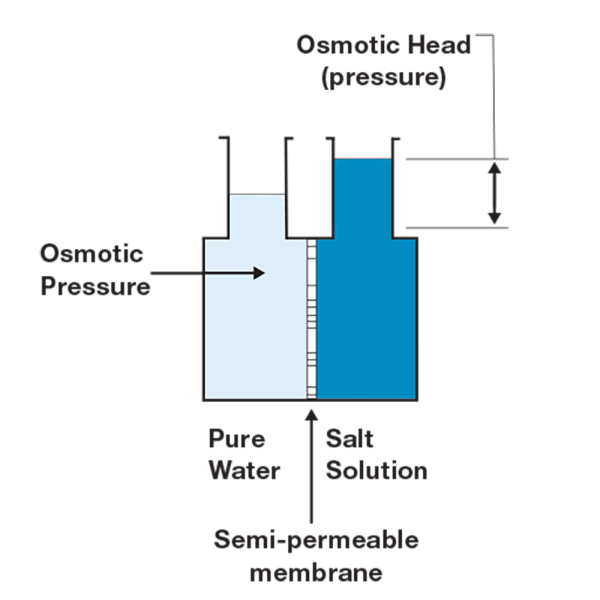

The color changes of dental esthetic materials can be visually assessed, but can be assessed more quantitatively using analytical equipment such as a spectrophotometer and spectroradiometer. Intrinsic stains may be due to an alteration of the material itself (such as types of resin matrix, filler particles, photo-initiator system). Extrinsic factors include staining by adsorption or absorption of colorants from food and beverages. When exposed to an oral environment, discoloration of hybrid composite blocks can occur due to extrinsic and intrinsic factors. Certain CAD/CAM restorative materials may change color when subjected to staining solutions that simulate the consumption of regular beverages. Color or translucency changes over time may limit the longevity and quality of esthetic restorations. In addition to the initial color match and translucency of the restoration, the clinical esthetic stability throughout the functional lifetime is as important as the mechanical properties of the reinforced hybrid composite block. There are few studies on mechanical properties of the reinforced dental hybrid composite blocks. For example, Cerasmart 300 (GC, Japan) was introduced as the reinforced hybrid composite block for Cerasmart 200.

Recently, reinforced CAD/CAM hybrid composite blocks were developed to restore the posterior teeth, which are subject to high masticatory forces. Hybrid composite blocks have different microstructures as well as variable filler contents and hence differences in their mechanical properties. Over the years, the mechanical properties of CAD/CAM hybrid composite blocks have improved through the alteration of the resin matrix and the incorporation of filler particles. These materials overcome the disadvantages associated with the use of direct composite resins in clinical dentistry with their standardized manufacturing process and the lack of polymerization defects induced during their application. New classes of CAD/CAM materials, such as hybrid composite resins, have been introduced specifically for esthetic restorations. In dentistry, the use of computer-aided design/computer-aided manufacturing (CAD/CAM) has rapidly increased in recent years due to dramatic technological advances. Estelite Block/ Estelite-P Block and Mazic Duro/Duro Ace showed better color stability than the other materials tested. Even in deionized water and 10% ethanol, Avencia-P Block showed perceptible ΔE and decreased translucency.

Avencia-P Block showed significantly reduced color stability compared to Avencia Block.

The reinforced hybrid blocks (except for Estelite-P Block and Duro Ace) showed lower color stability than corresponding regular blocks. Immersion in deionized water or 10% ethanol made no significant color or translucency changes (except for Avencia-P Block) however, the simulated red wine caused significant changes to the color and translucency of almost all specimens, especially after 4 weeks of immersion. Microstructural features of the hybrid composite blocks were also examined using FE-SEM. The data were analyzed using the analysis of variance (ANOVA) and Tukey’s post hoc test ( p < 0.05). Changes in color (ΔE) and translucency (ΔTP) of specimens were calculated. The specimen color and translucency parameter (TP) were assessed using a spectrophotometer before and after immersion in staining solutions (water, 10% ethanol, simulated red wine). One hundred fifty disc-type specimens (n = 15) were prepared from five sets of hybrid composite blocks (Cerasmart-200/Cerasmart-300, KZR-CAD HR/KZR-CAD HR3, Estelite Block/ Estelite-P Block, Avencia Block/Avencia-P Block, Mazic Duro/Duro Ace). This study compares the color stability of dental reinforced computer-aided design/computer-aided manufacturing (CAD/CAM) hybrid composite blocks to that of regular blocks.


 0 kommentar(er)
0 kommentar(er)
